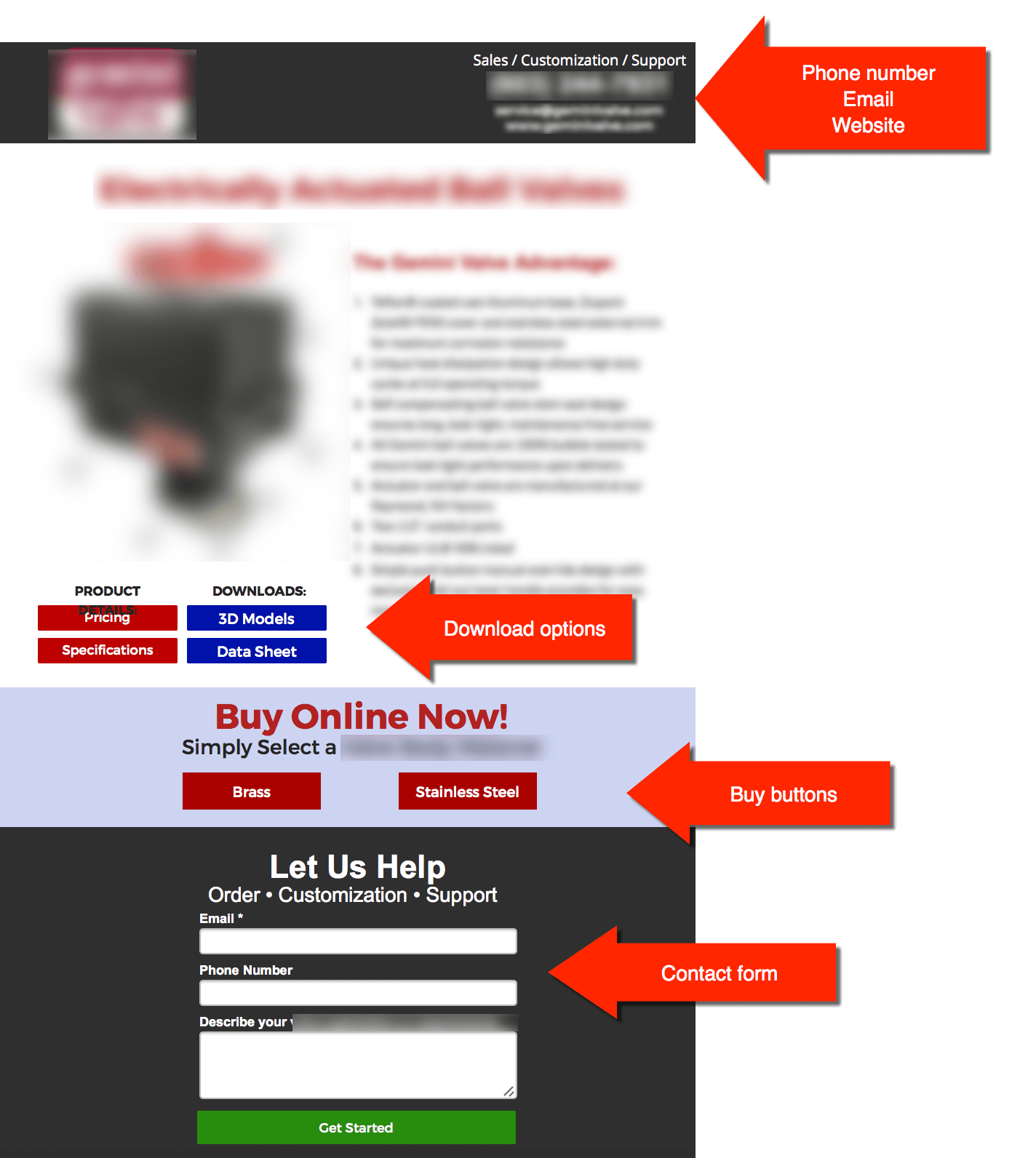
None of us set out to have our PPC programs fail. But sometimes they do, despite our best intentions.
Why do these programs fail? There can be many reasons. But sometimes, behind those failures, is some inadvertent self-sabotage — sabotage that will virtually guarantee a failed PPC program.
To help you avoid inadvertently setting your PPC programs up for failure, I’ll use this column to describe four ways to “help” your PPC programs falter or self-destruct.
1. Put too many options on your landing page
I know, I know. I’ve talked before about how landing pages are critical to PPC success and how important it is to keep them focused. But I’m going to repeat myself because it’s that important.
As you know, the purpose of landing pages is to facilitate conversions. You want people who’ve clicked on your ad to take the next step, whether it’s requesting a quote, giving you a call, downloading a package or something else.
Landing pages go astray when they provide too many options for visitors. Ideally, you want to limit the number of actions that landing page visitors can take to just one or two.
When you give visitors too many options, they’re likely to get sidetracked or confused and take no action at all.
Let’s look at this example:

As you can see, this landing page sends visitors in all kinds of directions, taking them down a wandering path that may never lead to a conversion.
[Read the full article on Search Engine Land.]
Some opinions expressed in this article may be those of a guest author and not necessarily Marketing Land. Staff authors are listed here.
About The Author

Popular Stories
Related Topics
